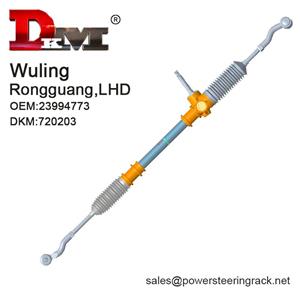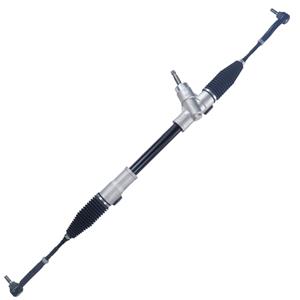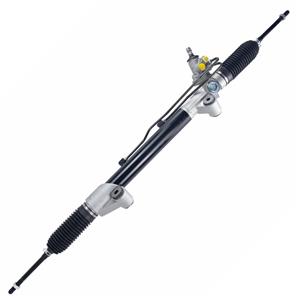-
A damaged steering rack may cause inaccurate steering of the vehicle. This phenomenon is usually manifested as the actual steering angle of the vehicle does not match the expected one after the driver turns the steering wheel, or the steering response is slow.
-
Mercedes-Benz first adopted power steering systems in its mass-produced models in 1958. The system was first used in the Mercedes-Benz 300 Series sedan (W189), a high-end luxury sedan favored by aristocrats and business elites.
-
When the driver hears abnormal squeaks or grinding noises when turning the steering wheel, this is often a sign of worn or insufficient lubrication of the rack and pinion. If these noises persist and become more severe, it may mean that the rack and pinion are damaged and need to be replaced.
-
The power steering pump (Power Steering Pump) is one of the key components in the power steering system. Its main function is to generate hydraulic oil flow through mechanical force to provide power to the steering system.
-
In some cases, the oil leakage problem of the hydraulic steering rack may be caused by the design defects of the vehicle itself. For example, the hydraulic steering system design of some models is not reasonable, resulting in excessive hydraulic oil pressure or excessive stress on the seals, thereby increasing the risk of oil leakage.
-
Cadillac first introduced power steering in its production cars in 1952. At that time, power steering technology had been relatively mature, especially after Chrysler launched the first mass-produced car equipped with a hydraulic power steering system in 1951
-
The main function of the power steering pump is to provide hydraulic pressure and is the "heart" of the system. The power steering rack is the actuator, which converts hydraulic pressure into mechanical movement and is the "hands and feet" of the system. The pump provides power support for the rack, while the rack converts this power into actual steering effect.
-
Hydraulic power steering systems require oil because hydraulic oil is the primary medium of energy transfer. In this system, the pressure generated by the hydraulic pump needs to be transmitted through hydraulic oil.
-
Typically, the life of a rack and pinion is 100,000 miles to 150,000 miles (about 160,000 kilometers to 240,000 kilometers). However, this does not mean that all vehicles can reach this mileage, and it is possible that wear or failure may occur before or after this.
-
Specifically, Honda first equipped its North American version of the Honda Accord with a hydraulic power steering system as standard in 1982, which was the time node when Honda first adopted power steering technology on a large scale.




